

Today we’d like to introduce you to Lillian E. Webster.
So, before we jump into specific questions about the business, why don’t you give us some details about you and your story.
Despite the fact that I thought life unraveled in very predictable ways, it turns out that it isn’t always a straight line. I imagined I would graduate from high school and go to college, from college to grad school, and from there, probably get a job in academia (so, from one university to another university or college), and that would be my life — in a nutshell. I’m the sort of person who really likes straight lines. The thing is, people’s lives seldom follow that route. Mine certainly didn’t.
I graduated from Smith College with a double major in English and Spanish literature. Then, rather predictably, went to grad school and graduated with a Master’s in Spanish Literature from UVA. So far, so good, right? I was slated to keep on track for a Ph.D., but after completing the Master’s qualifying exams I felt I needed a break. So, I followed my then-significant other to New York. Unfortunately, I hated the city, and worse yet, I didn’t have a job or steady income. After about six months, I left New York and went to live with my sister in Los Angeles. But again, I found myself out of money and before long, was back home. I didn’t mind it so much, except that I knew I was meant to do more. I worked a retail job (with some fantastic people) for about two and a half years. Then, by six-degrees-of-separation, I found myself with a proper full-time job back in Los Angeles, working in — of all things — the music industry. It was a really strange twist to my already meandering “path,” and far afield from the straight line, I had been on.
Despite not having any formal training in music licensing, I learned quickly and found myself slowing moving up the proverbial ladder. I stayed in that job for nearly six years. From the outside looking in, my life seemed perfect — the job was rather creative, I was meeting lots of people in the industry, and making a decent living. Still, I felt as though I wasn’t doing what I loved, what I’d set out to do, or even what I wanted to do. I had taken an opportunity because it was offered and because it gave me stability. It was the right decision, but ultimately, I was unfulfilled.
In an attempt to reacquaint my professional self with my creative self, I enrolled in an introductory jewelry fabrication course at UCLA. Though I have always been an artist, I had never worked in metal. Working in silver was a completely new and thrilling experience, and I relished every moment I spent in the studio.
I continued to take classes as best I could, despite a job that was becoming all-consuming. In sales, you’re “on” all the time: nights, weekends, it never really ends. And I was starting to feel an urgency to make a big change. I knew that I needed to pursue silversmithing full-time because that’s where my heart was; I was happiest being in the studio. What’s more, after so many years in such a rigorous professional environment, I felt I could do anything. My palpable need to leave that job, and my complete faith in the fact that making jewelry was what I was meant to do, really set me up to follow this particular stretch of my journey with a kind of unyielding fortitude and unexpected resilience.
I prepared to move back East and began researching graduate programs in metalsmithing. Ultimately, I applied to one school in my home state of Massachusetts and was accepted. I graduated from the University of Massachusetts Dartmouth’s Jewelry/Metals program with an MFA in 2016. That summer, I applied for, and was offered an internship in the Decorative Arts and Design department at the RISD Museum. The internship afforded me not only a wealth of experience, but also the chance to make lasting friendships and professional connections. The following year, I completed an Artist in Residency at UMass Dartmouth, which culminated in an artist’s talk and final exhibition of some forty new pieces. I have continued to make jewelry as a Resident Artist.
Now, I’m looking toward the future and the next big step — whatever that might be. I’m looking forward to seeing where my path takes me. I’d like to say that I’ve given up on expectations, but every time I reach a cross-roads or turning-point, my yearning for straight lines re-emerges. I have to remind myself that I didn’t get here by any series of events I could have foreseen. I never imagined I would be a silversmith, but here I am!
Overall, has it been relatively smooth? If not, what were some of the struggles along the way?
To say that leaving a job that had become a career, leaving an entire life that I had come to know and understand, leaving gainful employment to take on student debt (again) — was daunting — would be putting it mildly. My parents were against the idea from the beginning, and all of my closest friends were hundreds of miles away. I felt, for the first time, alone in my decision. Taking the licensing job and moving to the West coast was intimidating, but my family urged me to go because it was such a great job opportunity. This choice: to leave that job and follow an artistic path, with no sense of what the future would hold or whether I would succeed, was met with a lot of reservation. I had to trust in myself — in the fact that I knew what I wanted. In the end, making the choice to move across the country was the easy part, getting through the MFA program would be one of the hardest things I’ve done in my life.
The three years spent in grad school were, at times, brutal, exhausting, mentally and even physically demanding, but also exhilarating. I didn’t have a BFA in metals, as most prospective MFA candidates have, and that, coupled with the fact that I was older than a typical graduate student, made the experience of grad school in the Arts challenging. I had a lot to learn technically, and I spent much of my time honing basic techniques and broadening my skill set. On the other hand, my liberal arts education — all the years, I’d spent learning languages and studying literature and critical theory — really helped me articulate my ideas, concepts, and artistic intent. Grad school became a balancing act: I was still very much a novice in some respects, but an expert in others. Those aspects which came easily to me — the reading, writing, analysis, and exploration of conceptual underpinnings — helped me to stay focused on getting through the days when nothing seemed to go as planned in the studio.
There was a lot of self-doubt, especially during the first year of the program. I wondered if I had made a colossal mistake in leaving behind the stable, profitable world of gainful employment. I didn’t know if I was cut-out for the rigors of grad school in a medium that was so new to me. At times, I still feel that doubt. Being an artist is not an easy profession. It requires a hell of a lot of dedication, commitment, and self-discipline. You have to be resilient. You have to believe in yourself. My own self-confidence is often hard-won. But if metalsmithing has taught me anything, it’s that failure is indispensable. You learn more in failure than you do in success. Once you know that, it’s a kind of secret weapon; a key that not everyone has found.
In the beginning, after leaving Los Angeles, but before even being accepted into the MFA program, I was keen to keep learning new skills and working in silver. I became really scrappy about finding a way to make, even when I didn’t have traditional learning options (like continuing education classes) open to me. I didn’t give up. I found craft programs offering workshops and took classes from business owners who taught after hours. Along the way, I met a lot of people and made many friends. From some of these new relationships, I learned about other opportunities — people who offered open studio time at their homes or who had tools and space and were happy to share them with other like-minded creatives. I really owe everything to those individuals, because without their help and their generosity of time, space, or knowledge, I would not have gotten into the MFA program.
What should we know about your business? What do you do best? What sets you apart from the competition?
I work predominantly in sterling silver, though I sometimes incorporate cast bronze into my pieces as well. The work I created in graduate school brought together two specific techniques — enameling and lost wax casting. The work produced subsequently, for my Artist in Residence show, was predominately cast pieces in silver, and especially lost-wax and cast organic materials (seaweed, flowers, twigs, seedpods, etc.).
My work is derived from and relies heavily upon, such intangibles as the imagination and memory. These are thresholds through which personal experience is accessed. Within their borders exists the intimacy of contemplative space. In my work, I strive to (re-)connect with these borders.
I endeavor to create jewelry that elicits the imagination and inspires moments of reverie. Through jewelry I explore the paradox that the imaginary is sparked in the tangible world; material objects can frame the ephemeral and the fantastic. Objects can instill wonder, and allow our minds to wander.
For good reason, society often focuses more on the problems rather than the opportunities that exist, because the problems need to be solved. However, we’d probably also benefit from looking for and recognizing the opportunities that women are better positioned to capitalize on. Have you discovered such opportunities?
One of the most important qualities women have is fortitude. Speaking from personal (and anecdotal) experience, we know what it is to have to work harder to get what we want — a job, a raise, recognition for our achievements, you name it. At times, we even have to explain ourselves (our role, our importance, our worth) to the world at large — be that to an employer or supervisor, our family or friends, and even strangers. These experiences, which occur throughout our lives, cut across disciplines, professions, and class boundaries. However, I believe that adversity fosters, among other things, creativity. Being able to problem-solve and think “beyond the box” are things women do particularly well. These talents don’t correlate with any singular profession; creative thinkers can be artists, scientists, doctors, entrepreneurs, journalists, data analysts, politicians, etc. It’s a particularly potent time for women. We have a chance to make real change and to do so, we’ll need to embrace every opportunity.
Contact Info:
- Email: lewebster@gmail.com
- Instagram: https://www.instagram.com/lillian.e.webster/
- Other: https://metalurgesimagined.wordpress.com

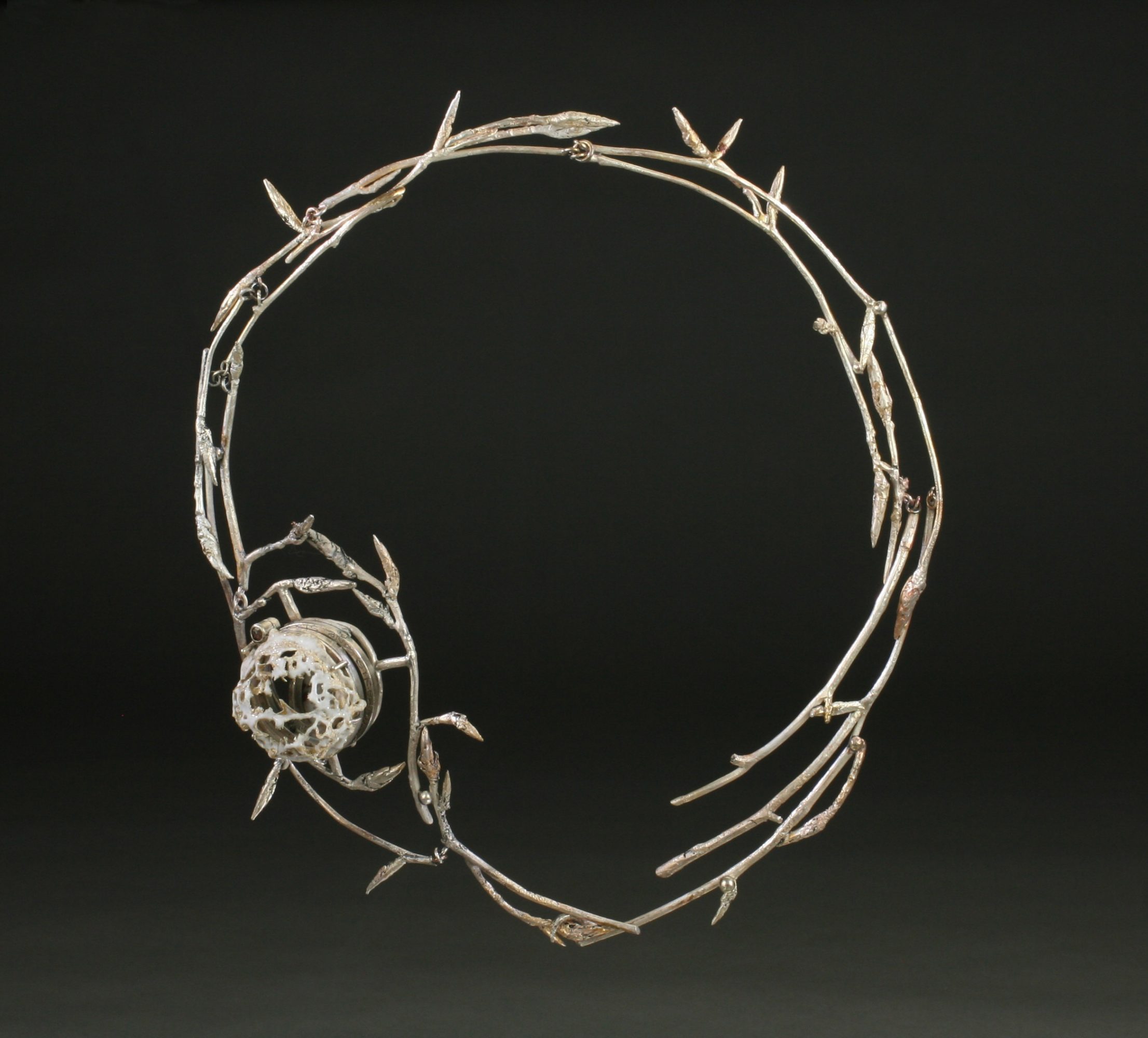
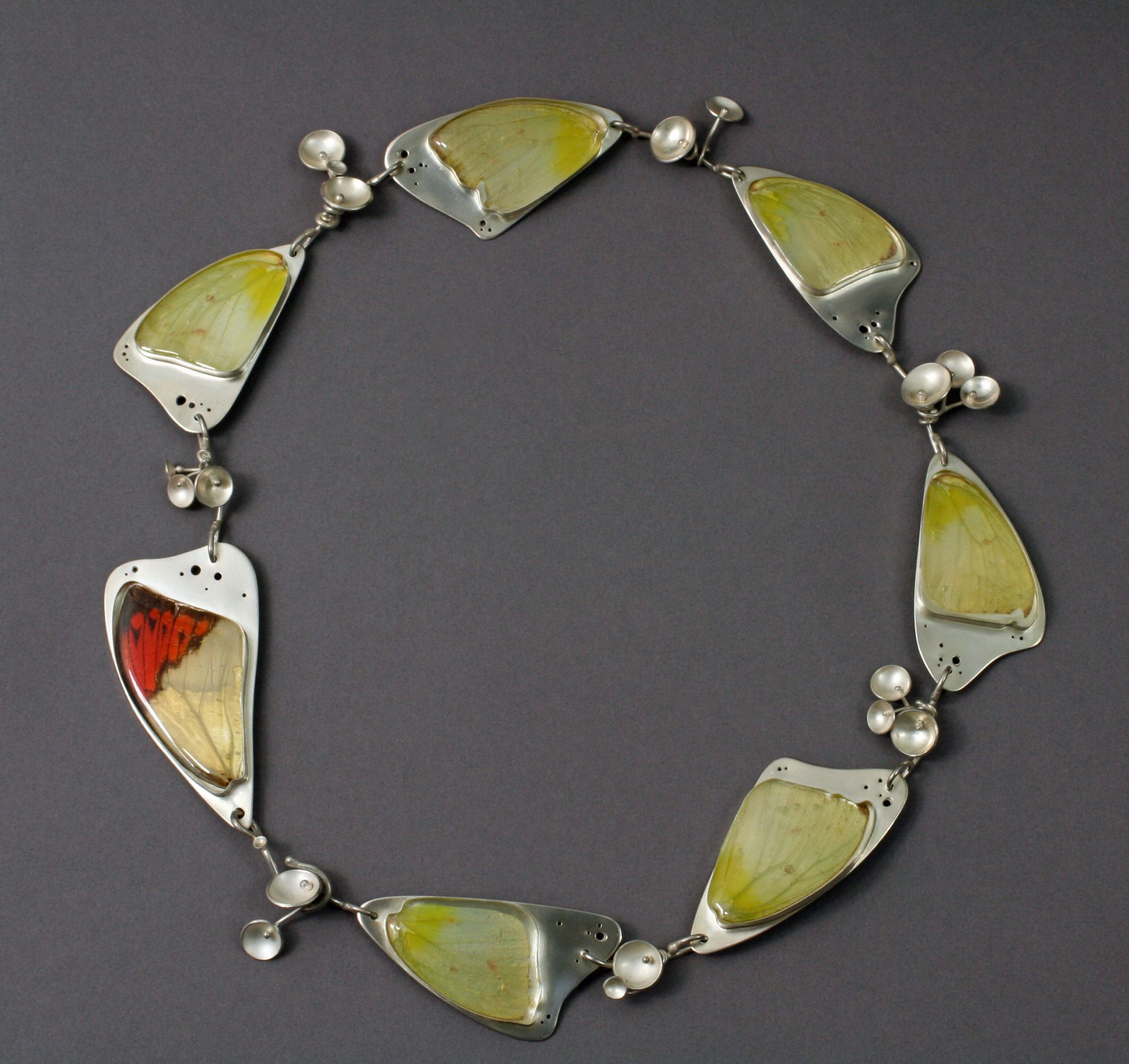
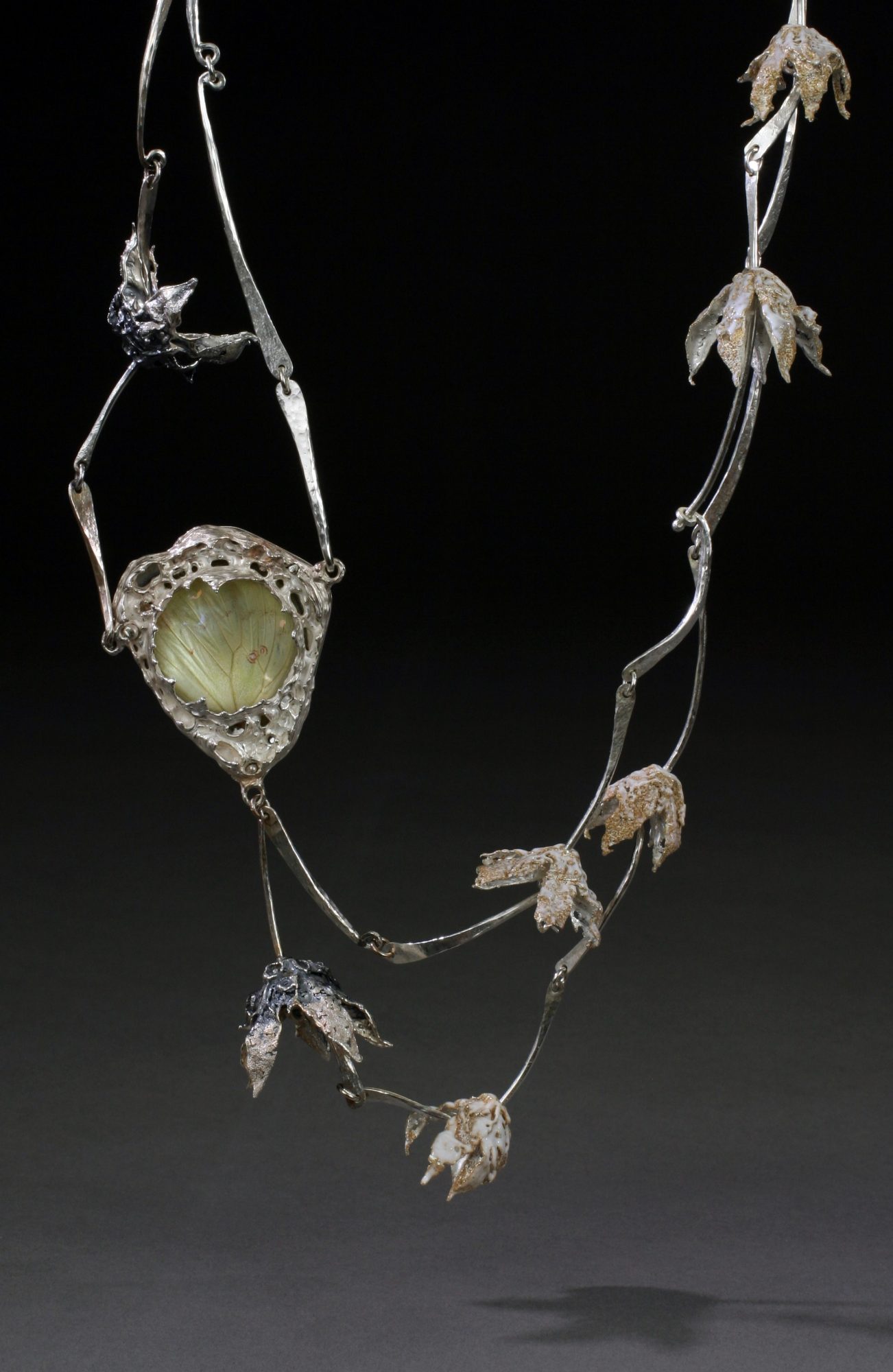

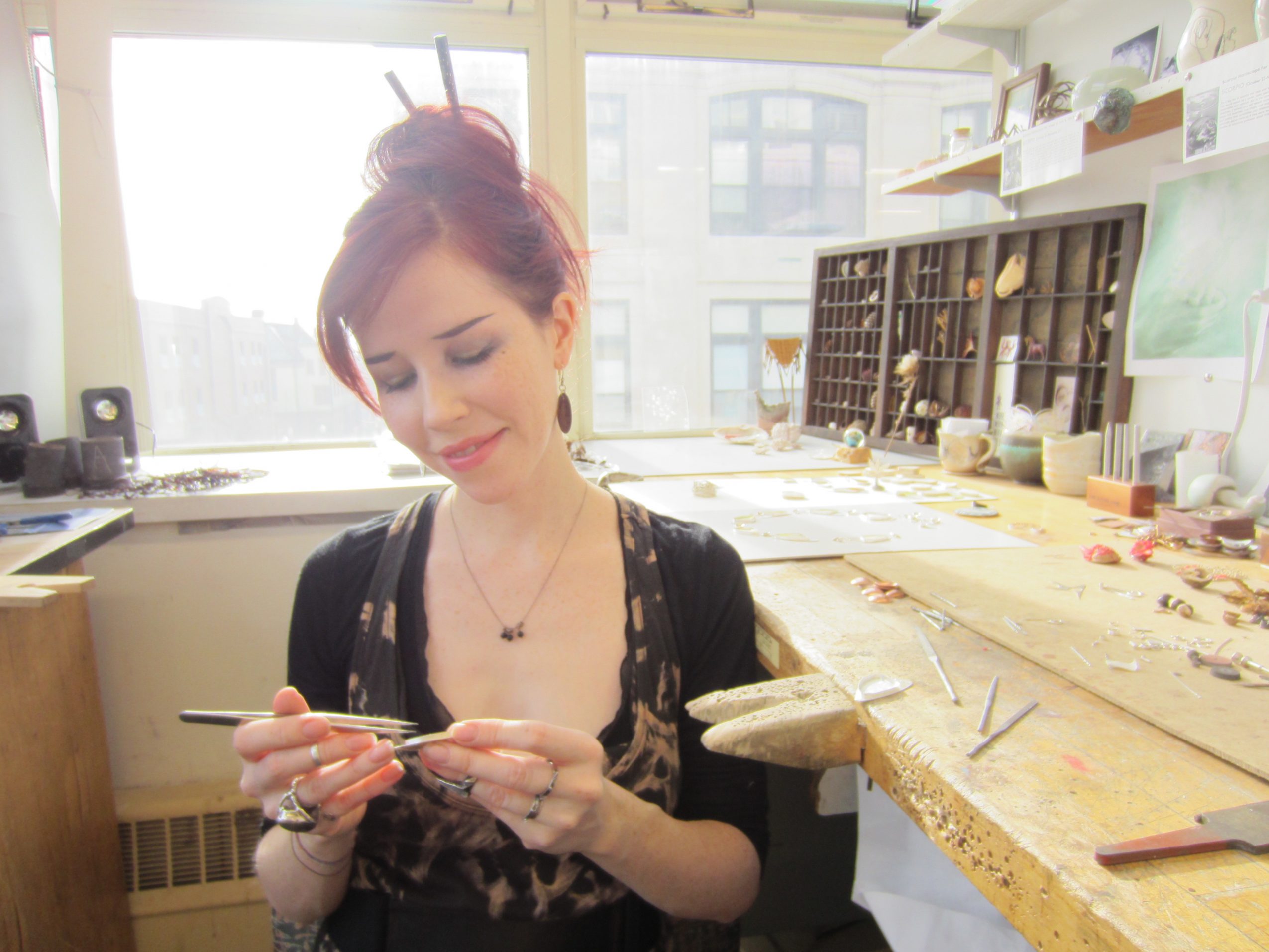
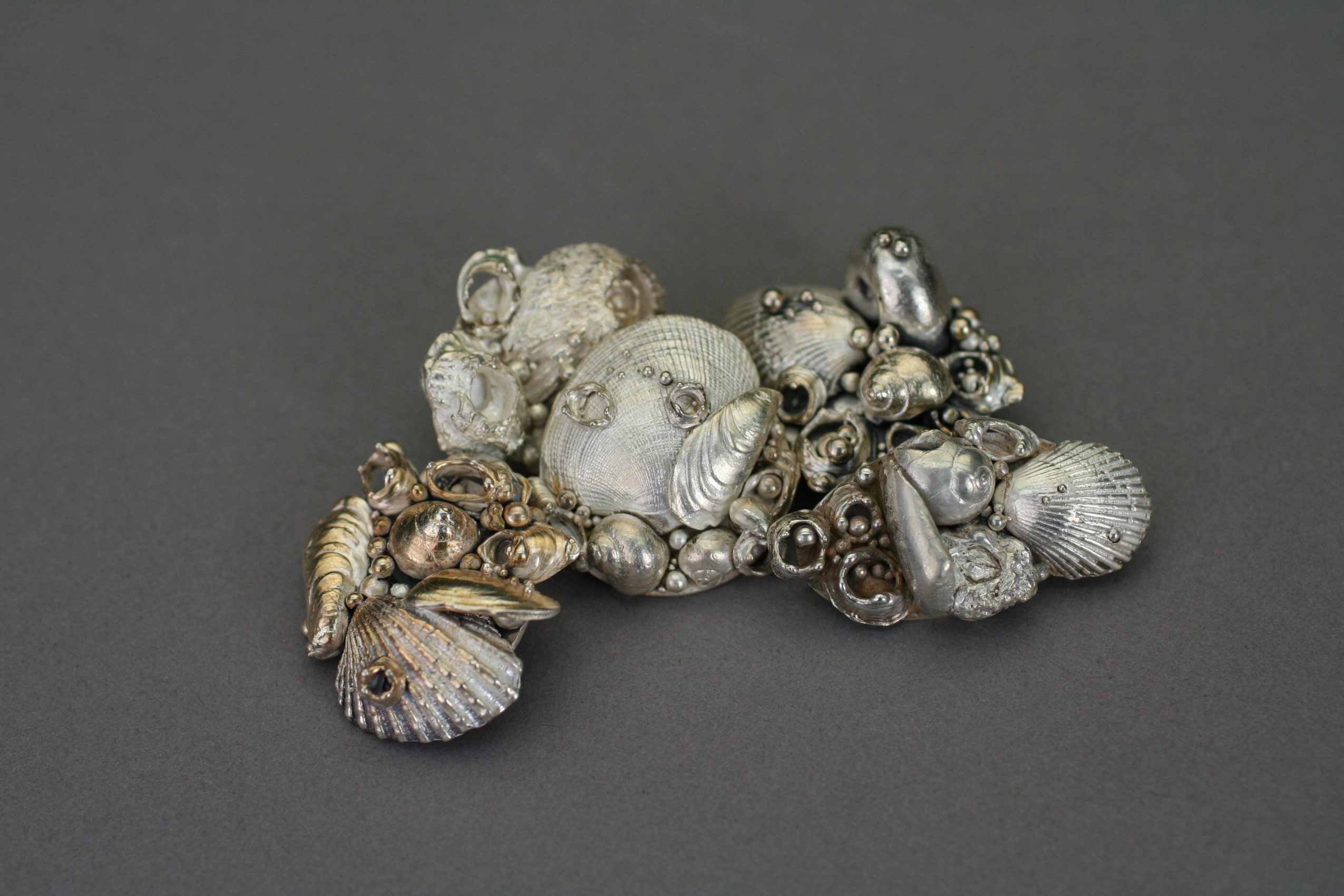
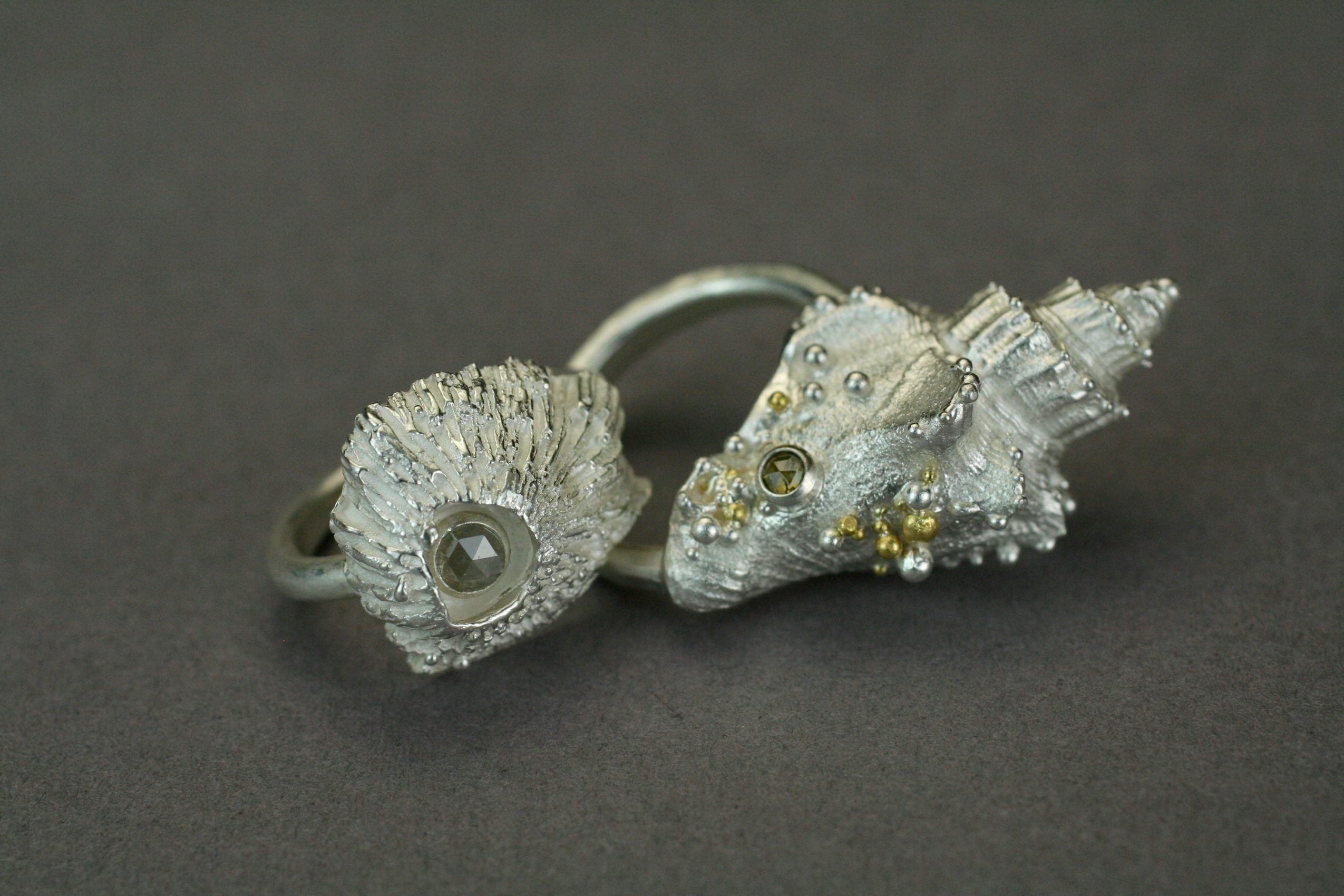
Image Credit:
Lillian E. Webster
Getting in touch: BostonVoyager is built on recommendations from the community; it’s how we uncover hidden gems, so if you know someone who deserves recognition please let us know here.
















